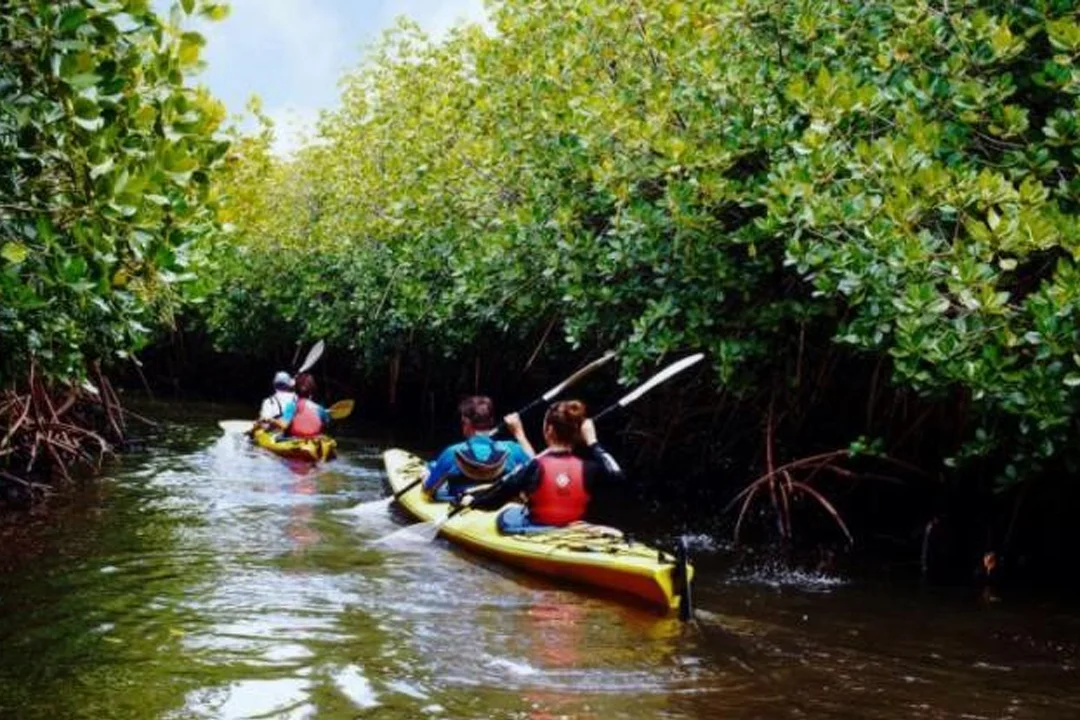Mangrove boating refers to the activity of navigating boats or small watercraft through mangrove ecosystems. Mangroves are unique coastal habitats composed of salt-tolerant trees and shrubs that thrive in brackish and saline waters. They are found in tropical and subtropical regions around the world, particularly along coastlines, estuaries, and tidal flats.
Mangrove boating offers a chance to explore these diverse and ecologically important environments. Here are some key points to consider:
- Ecological Importance: Mangroves serve as vital ecosystems, providing numerous ecological benefits. They act as a buffer against coastal erosion, protecting shorelines from storms and waves. They also serve as nurseries for various marine species, playing a crucial role in supporting fisheries.
- Biodiversity: Mangrove forests are home to a wide variety of plant and animal species. Many species of fish, birds, crabs, and other creatures rely on these habitats for feeding, breeding, and shelter.
- Boating Routes: Mangrove forests often have intricate waterways, channels, and lagoons that are perfect for boating. However, it’s important to navigate responsibly to avoid damaging the fragile root systems and disturbing wildlife.

